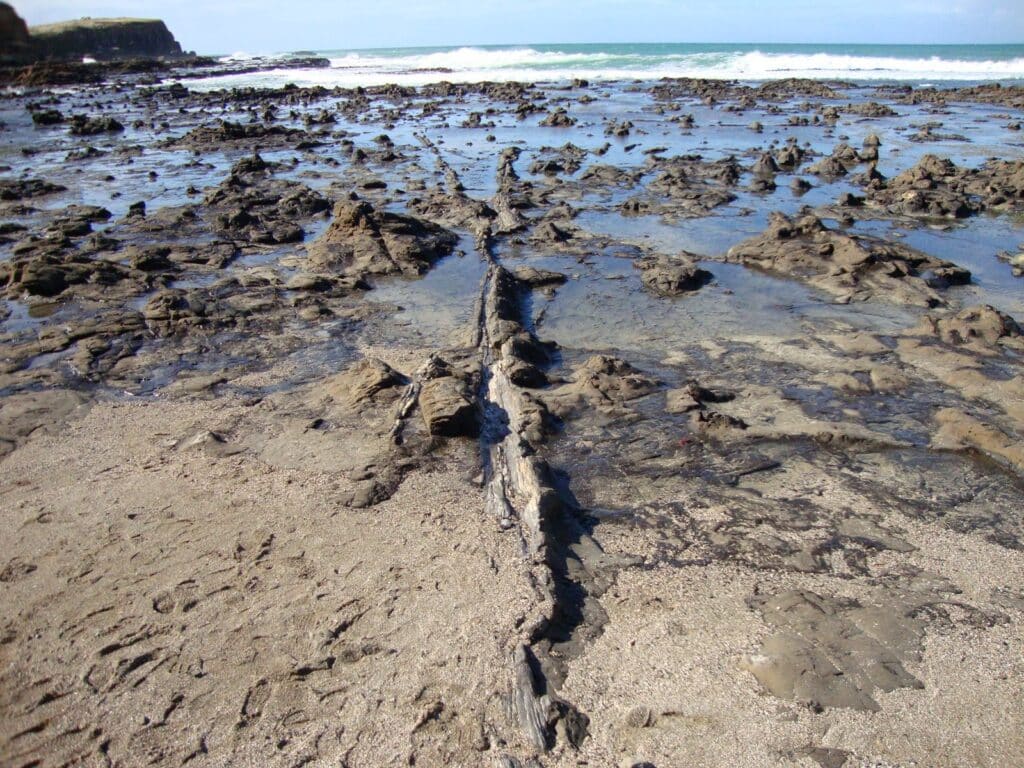Scientists have discovered what they believe is the world’s earliest known fossilised forests – after discovering the trees, known as calamophyton, off the sandstone cliffs of Somerset, in the heart of the UK.
The research provides rare insights into how early trees helped shape landscapes and stabilise riverbanks and coastlines hundreds of millions of years ago.
Researchers from Cambridge and the University of Cardiff made the find, which is thought to be 390 million years old, in an extensive forest covering the “Old Red Stone Continent”—when the UK was connected to continental Europe.
“When I first saw pictures of the tree trunks,” Dr Christopher Berry, the report’s co-author, said, “I immediately knew what they were, based on 30 years of studying this type of tree worldwide.
Dr Berry, from the University of Cardiff’s School of Earth and Environmental Sciences, said he was “amazed to see them so near to home. But the most revealing insight comes from seeing, for the first time, these trees in the positions where they grew.”
For Dr Paul Kenrick, an expert on plant fossils who spoke to the BBC overnight, said, “The clues, which show how plants grew together at the time, were deeply significant.”
According to researchers, the fossil forests are four million years older than the previous record holders in New York State. They were found in the Hangman Sandstone Formation along the Devon and Somerset coasts.
The rare find dates back to the Devonian Period, between 419 and 358 million years ago, which coincided with life’s significant expansion onto land.
The period is named after Devon because of the marine rocks that geologists found off the coast emblematic of the period.
The researchers say that the area of the find was a semi-arid plain at the time, attached not to England but to parts of Germany and Belgium, where fossils of such trees have also been found.

According to Professor Neil Davies, the report’s first author, “This was a pretty weird forest—not like any forest you would see today.”
Professor Davies, from Cambridge’s Department of Earth Sciences, confirmed that “there wasn’t any undergrowth to speak of, and grass hadn’t yet appeared, but there were lots of twigs dropped by these densely packed trees, which had a big effect on the landscape.”
For Dr Kenrick, the trees were very different from any we know today. The most similar modern counterpart might be Dicksonia antarctica, a tree fern native to Australasia but popular in Britain as an ornamental plant.

The latest finding comes after Wood Central reported last month that Australian-based scientists used tree dating to uncover evidence that a massive tsunami slammed into New Zealand’s northwest coast more than 600 years ago, forever changing the forest ecology of Kāpiti – the country’s North Island.
The 15th-century weather event is among dozens of prehistoric “paleo tsunamis” archaeologists have documented by examining New Zealand’s coastline for geological deposits.






